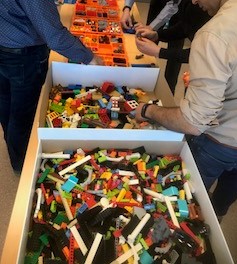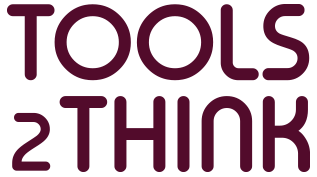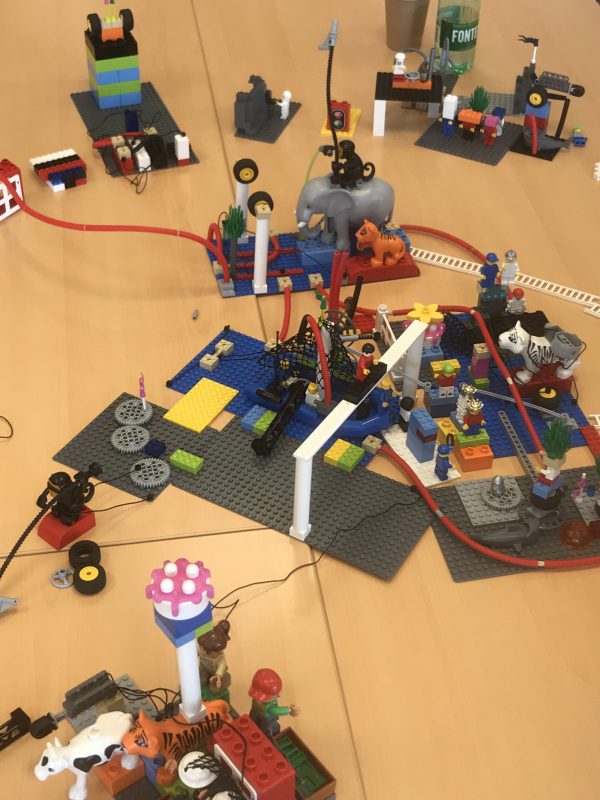Lego® Serious Play® (LSP) is a methodology with a wide range of applications. If the goal is to work dynamics with teams, it is, in addition, especially effective.
In the last workshop we have prepared and facilitated, the head of the technical department of an industrial company wanted its members, with different antiques and, above all, with different tasks and work dynamics, to get to know each other more and share visions, goals and, why not, criticisms and fears regarding the work they do. They had very technical profiles with a high level of responsibility.
To achieve this goal, a workshop was held lasting 6 hours, with short breaks for coffee and one longer for lunch.
Our application of the methodology is strict and we always start with the “skills building” when there are participants who have never done a workshop with this tool before.
Then we worked on the professional models of each one. They had to build a model in which their main competences, attitudes, abilities and skills were reflected. Following the concept of Johari’s Window, each model was completed with a characteristic that another of the participants saw from a companion and that it had not been reflected in his own model when he had self-described.
Once this model was defined, it was requested that the individual models of the professional profiles be constructed with their responsibilities, objectives, etc. This model merged with the previous one to have a complete construction of the personality of each participant.
These personal models were set aside, momentarily, and the participants began to work on the construction of the model that represented the group.

As always, in LSP building shared models always starts with individual constructions to ensure that they contain the contributions of all participants.
The group model was defined based on the constructions of the objectives and values of the team. When this model was completed with the contributions of all, the individual models of each one, that had been constructed previously, were placed in relation to the objectives and values of the representation of the team, but, also, in relation to the models of the other participants. Their relationships were defined according to proximity and, if applicable, depending on the type of connection, with pieces that were inserted (flexible, rigid, etc.) between the models. To this model were added the constructions that represented external and internal agents that might have an influence on the team: headquarters, competitors, commercial equipment, etc.
The result of all this was a model of the team represented by its objectives and values, related to the constructions of the models of each member, related to each other and to the elements of the team, along with the agents that could have an influence
To validate the model and to extract additional information about its operation and its members, three discussion topics were opened to assess how the team would respond to specific events such as the absorption of the company by a different corporate group, the leave of a member of the team and the change of working by solutions instead of by products.
Throughout the workshop, and with the explanations of each model, very valuable information was emerging about the team, its members and their characteristics. Additionally, submitting the general model to situations that could be called “stressing” generated discussions at a higher level and of great added value, both for the management of the team and for its own members.

 Català
Català Español
Español
